C HIGH QUALITY PROGRAM: DETERMINED BY THE SCHOOLS
As Thanh Nien reported, on June 15, the Ministry of Education and Training issued Circular 11/2023/TT-BGDDT on abolishing Circular 23/2014/TT-BGDDT (issued in 2014) regulating high-quality training (CLC) at university level.
Circular 11 takes effect from December 1 this year, courses enrolled before this time will continue to be implemented until the end of the course according to the regulations in Circular 23. According to the Ministry of Education and Training, the complete abolition of Circular 23 is to implement the revised Law on Higher Education (also known as Law 34) issued in 2018.
According to Circular No. 17/2021/TT-BGDDT (issued on June 22, 2021) regulating training program standards; developing, appraising and promulgating training programs for all levels of higher education, the development of different types of training programs is under the autonomy of higher education institutions (collectively referred to as universities), ensuring compliance with regulations on training program standards for all levels of higher education as prescribed by the Ministry of Education and Training.
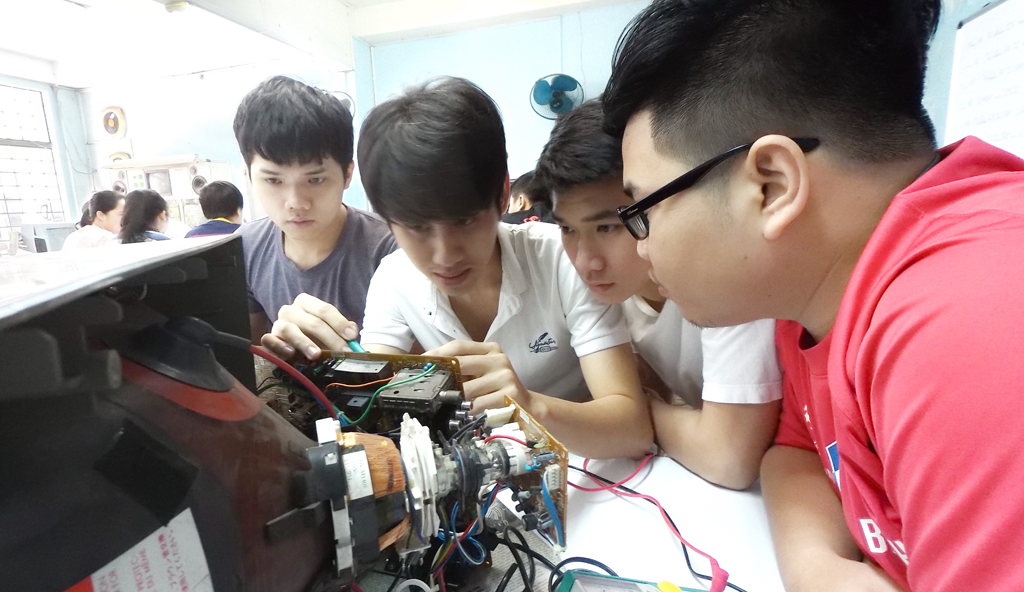
High quality program student, Ho Chi Minh City University of Technology
However, the regulations of the Ministry of Education and Training are only "floor" requirements. The Ministry of Education and Training encourages universities to build and develop training programs with higher input and output standards than those prescribed by the Ministry of Education and Training. Schools are responsible for publicly disclosing and transparently providing information about the training programs they provide.
The Ministry of Education and Training affirmed that the abolition of Circular 23 does not mean that universities no longer have or are not allowed to implement "CLC programs". This also does not affect the enrollment and training of other programs of universities. Universities exercise autonomy in building and developing training programs. But regardless of the name, they must ensure compliance with regulations on training program standards, quality assurance, teaching and learning conditions, etc.
On the other hand, the Ministry of Education and Training also said that regarding tuition fees, schools will determine and implement according to the Government's regulations in Decree No. 81/2021/ND-CP dated August 27, 2021.
THE BIGGEST DIFFERENCE IS IN TUITION FEES
According to many experts, the important reason why the Ministry of Education and Training issued Circular 23 in 2014 was to implement the Government's policy of "untying" many universities in collecting tuition fees. Before and after the issuance of Circular 23, public universities were only allowed to collect tuition fees within the framework prescribed by the Government (from July 2010, implementing according to Decree 49, from December 2015, implementing according to Decree 86).
In fact, this "unleashing" was initiated at the same time by Resolution 77/NQ-CP issued by the Government on October 24, 2014, on piloting the innovation of the operating mechanism for public higher education institutions in the period 2014 - 2017. Resolution 77 aims to encourage public universities to proactively exploit and reasonably use state budget funds, and increase the attraction of non-budgetary funding sources (later it was shown that this "enhancing" solution was mainly to increase HP).
According to Resolution 77, public universities, when committing to self-insure all operating expenses and investment expenses, are autonomous and fully responsible. However, only 23 universities nationwide are allowed to pilot university autonomy (which means they are allowed to collect fees beyond the framework of Decree 86). Circular 23 brings opportunities to the majority of universities in the system.
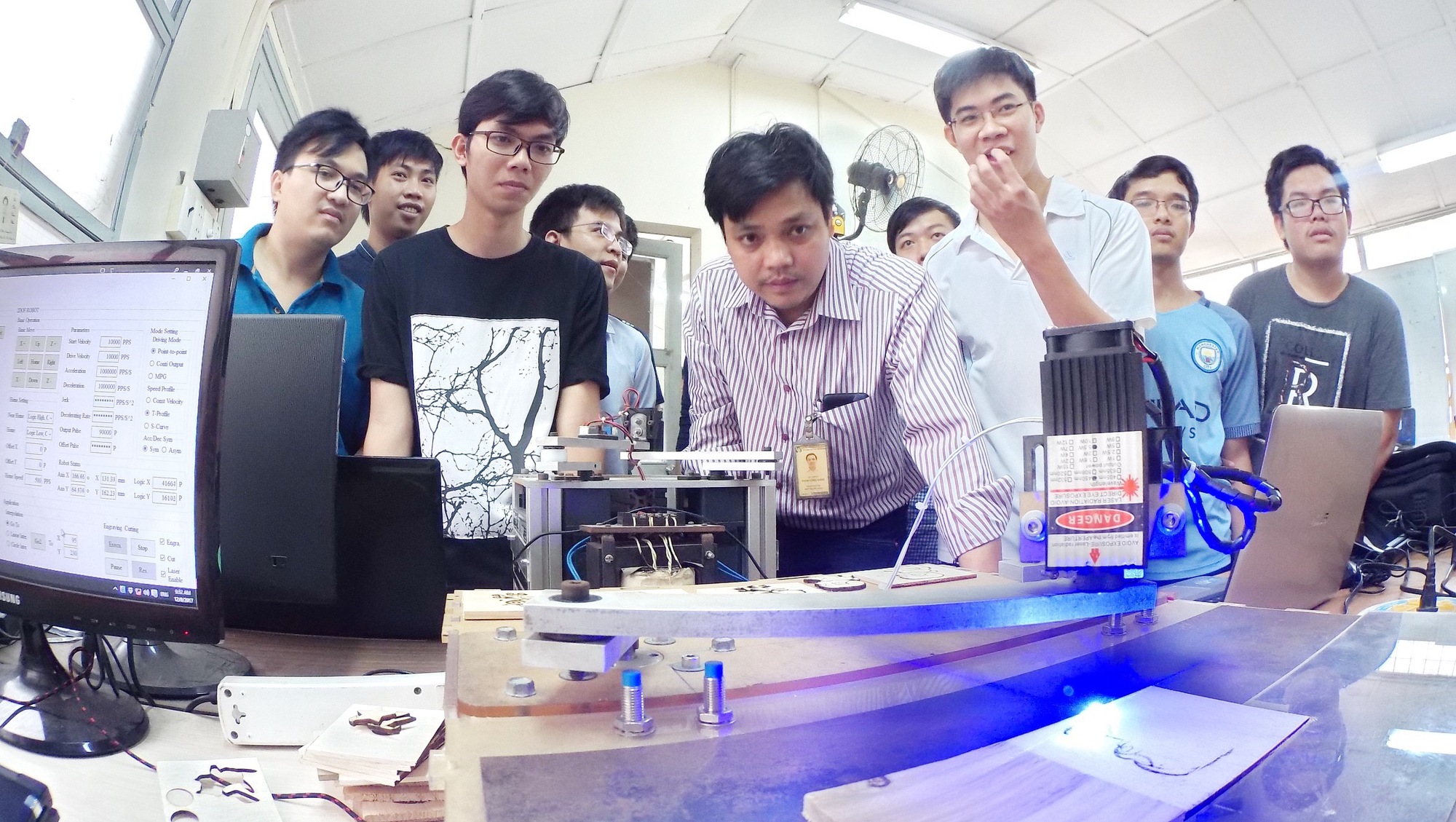
The Ministry of Education and Training affirmed that the abolition of Circular 23 does not mean that universities no longer have or are not allowed to implement "high-quality programs".
Right from the definition, Circular 23 also included the element of "tuition" as an indicator to distinguish between the mass university training program and the CLC program. Accordingly, the mass training program is a program with a ceiling fee according to current regulations of the Government; the CLC program is not required to comply with this regulation. Instead, the university is allowed to determine the fee for the CLC program on the principle of "calculating correctly and fully the training costs for the entire course"; the university is allowed to develop a roadmap to adjust the fee for the next courses (if necessary)...
Decree 86 issued by the Government in October 2015 (after Circular 23) also officially included regulations on HP for CLC training programs. Accordingly, public universities with CLC programs are proactive in developing appropriate HP levels with support from the state budget to ensure sufficient coverage of training costs.
With the Higher Education Law, the autonomy of universities has been expanded, and the more autonomy is extended, the more the HP framework is expanded. Decree 81 does not require all public universities to collect HP according to a framework prescribed by the Government, but opens up many cases. For autonomous schools, the HP ceiling is collected from double to 2.5 times higher than the HP ceiling of non-autonomous schools.
In addition, Decree 81 also stipulates the collection of HP for unaccredited or accredited training programs. For accredited programs, even for non-autonomous schools, schools are also entitled to determine the HP collection level for that program based on economic and technical norms issued by the school itself.
End of "historical" role
Associate Professor Bui Anh Tuan, Principal of Foreign Trade University, was the Director of the Department of Higher Education, Ministry of Education and Training at the time when the Ministry of Education and Training issued Circular 23, said that at that time, the Government wanted to create leverage to improve the quality of higher education, so it cooperated with many other countries to invest in building a number of excellent universities. At the same time, the Ministry of Education and Training implemented an advanced program project to build a number of strong majors in universities (in the first phase, 23 schools participated with 37 training programs), this program was invested by the state.
However, when implementing, it is difficult to expand, due to limited resources. "The Ministry of Education and Training has realized that it is possible to improve the quality of training in some majors in universities without the state having to invest too much money by allowing the opening of CLC training programs. Along with the development history of higher education, along with the changes of the times, it is reasonable for the Ministry of Education and Training to remove the standards of CLC schools," said Associate Professor Tuan.
Associate Professor Nguyen Phong Dien, Vice President of Hanoi University of Science and Technology, said that Circular 23 and many other regulations were issued in accordance with the 2012 Law on Higher Education. After the National Assembly issued Law No. 34, not only Circular 23 but also a number of other regulations became no longer appropriate.
Associate Professor Dien also commented: "In the process of issuing policies to adapt to the current transformation of management mechanisms in higher education, we have many "holes" that require the Ministry of Education and Training and many other ministries to work hard for a long time to fill. In the near future, we will have to accept the existence of many documents whose content conflicts with the law, or is lacking."
Source link


![[Photo] Unique Ao Dai Parade forming a map of Vietnam with more than 1,000 women participating](https://vstatic.vietnam.vn/vietnam/resource/IMAGE/2025/3/29/fbd695fa9d5f43b89800439215ad7c69)




![[Photo] Schools and students approach digital transformation, building smart schools](https://vstatic.vietnam.vn/vietnam/resource/IMAGE/2025/3/29/9ede9f0df2d342bdbf555d36e753854f)
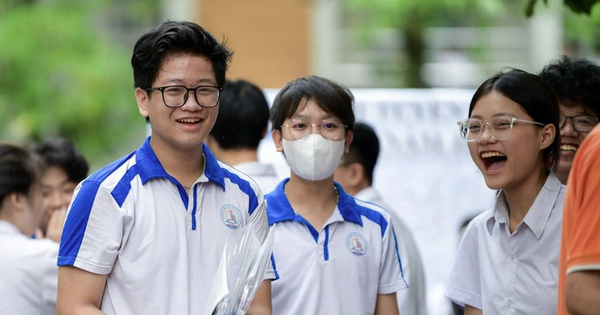

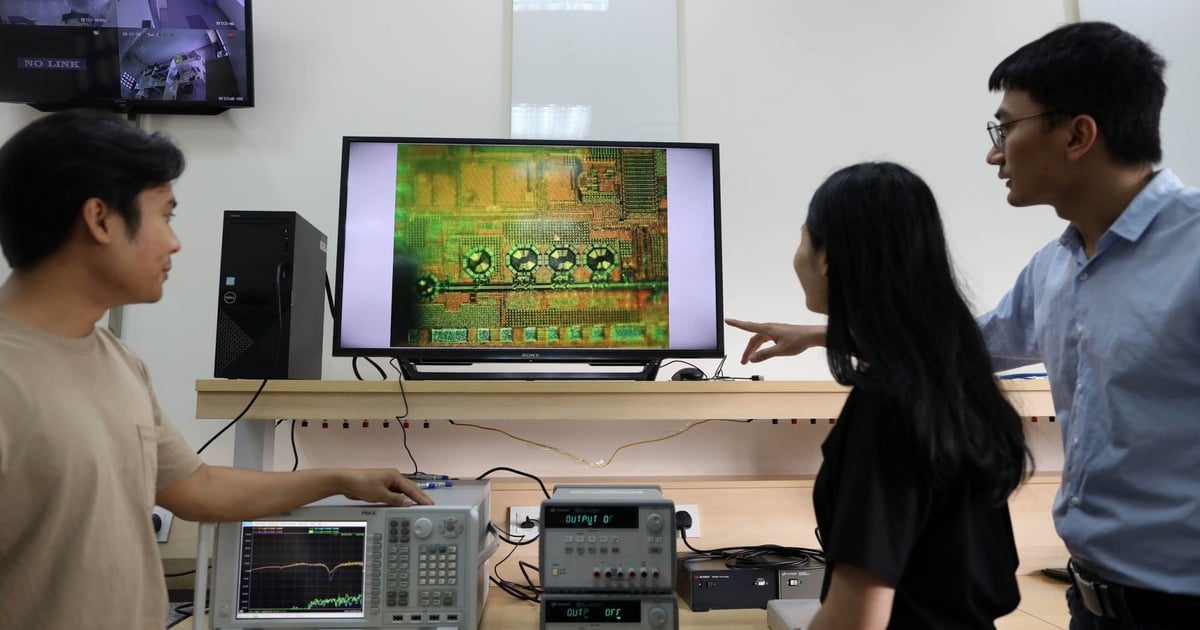


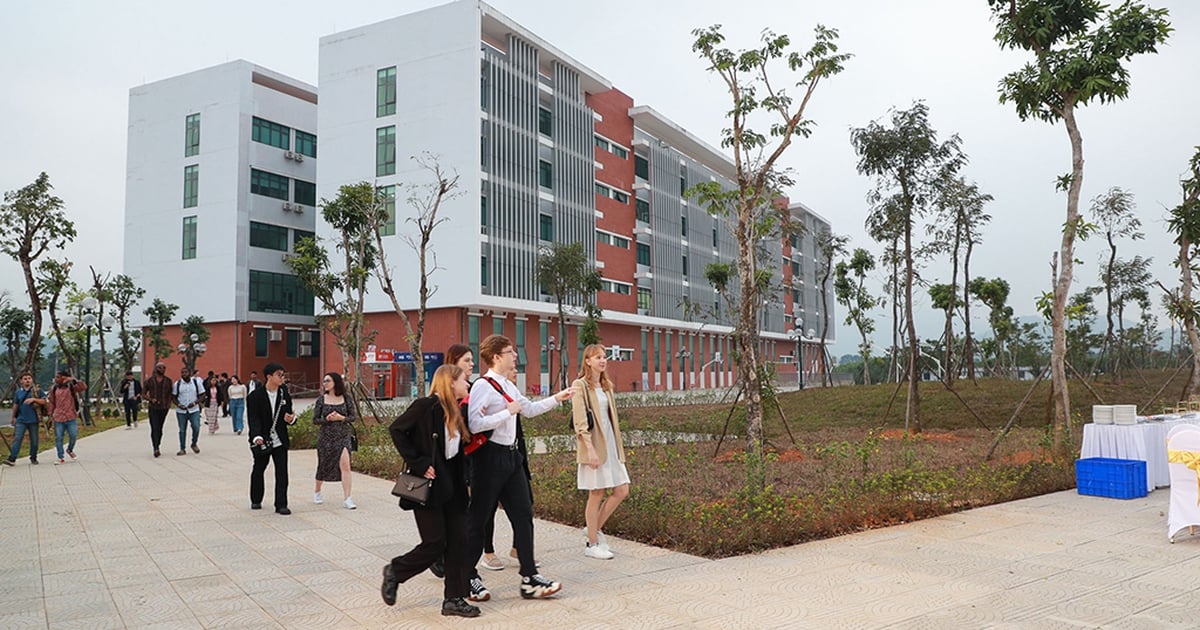
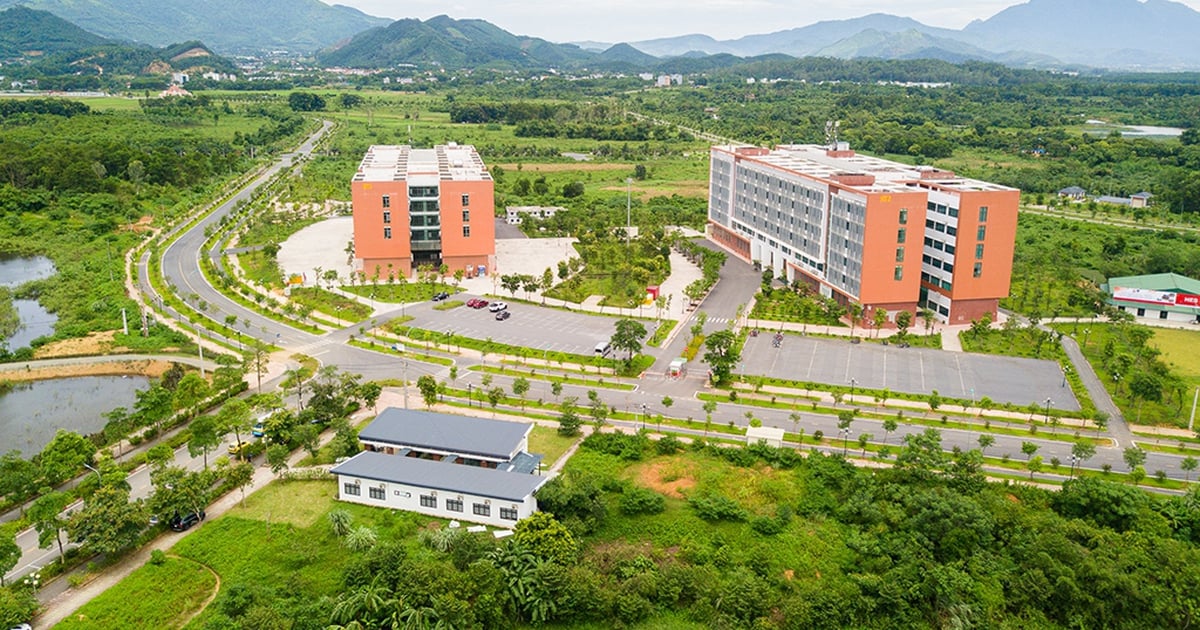




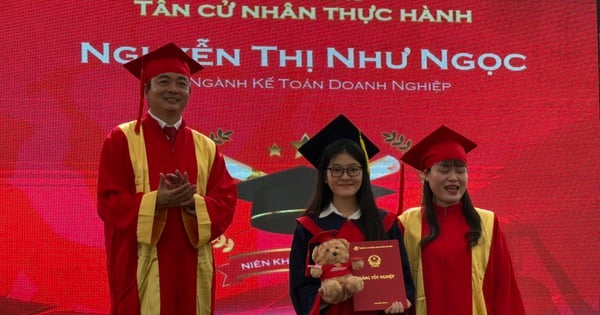









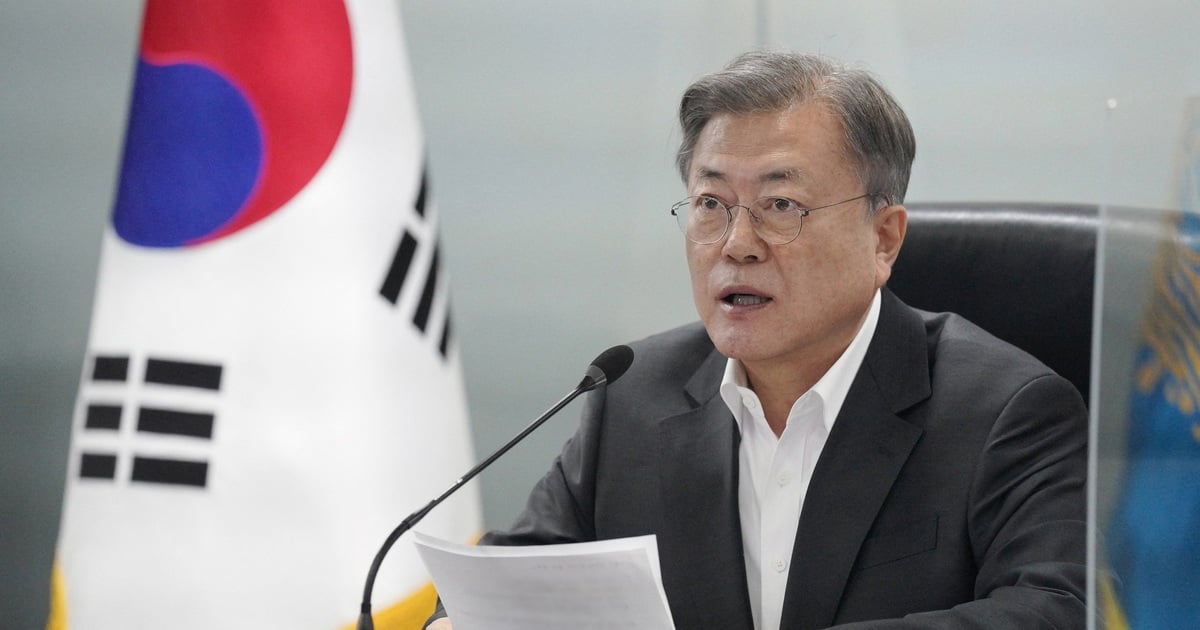


![[Photo] Flower cars and flower boats compete to show off their colors, celebrating the 50th anniversary of Da Nang Liberation Day](https://vstatic.vietnam.vn/vietnam/resource/IMAGE/2025/3/28/086d6ece3f244f019ca50bf7cd02753b)
![[Photo] Training the spirit of a Navy soldier](https://vstatic.vietnam.vn/vietnam/resource/IMAGE/2025/3/29/51457838358049fb8676fe7122a92bfa)




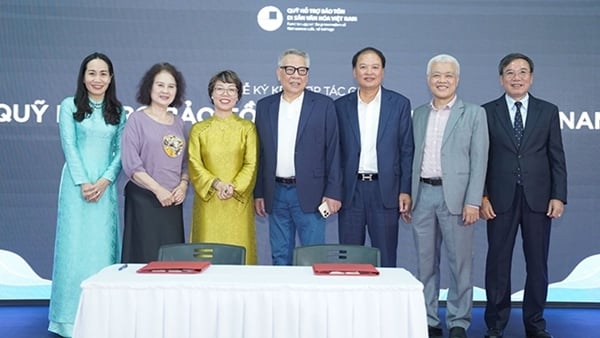



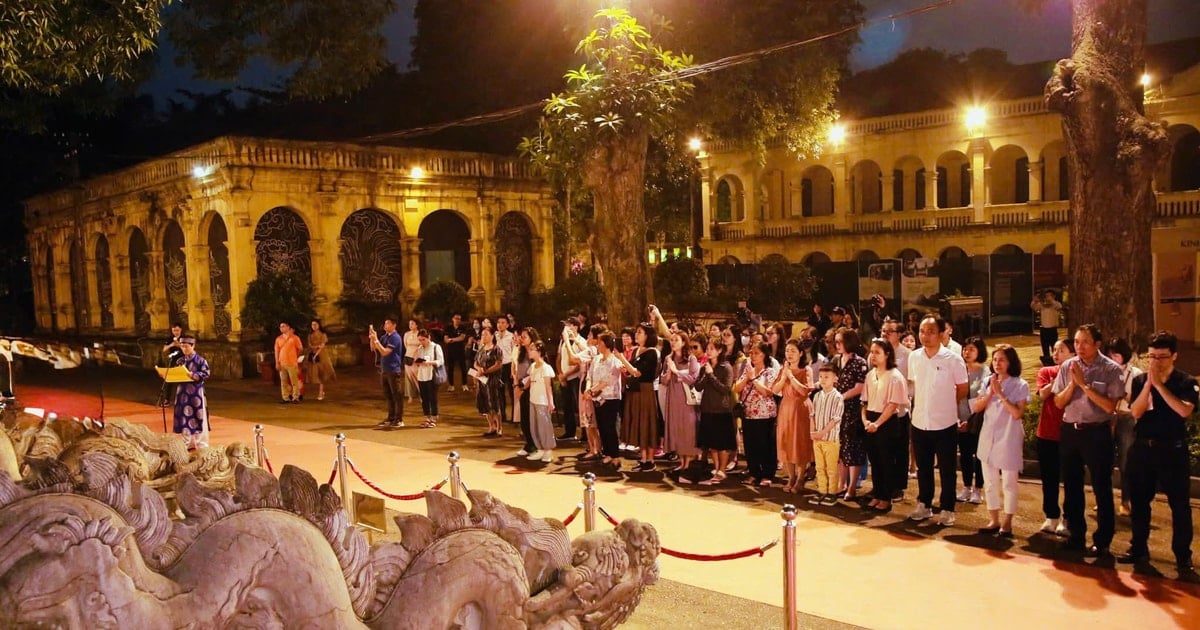




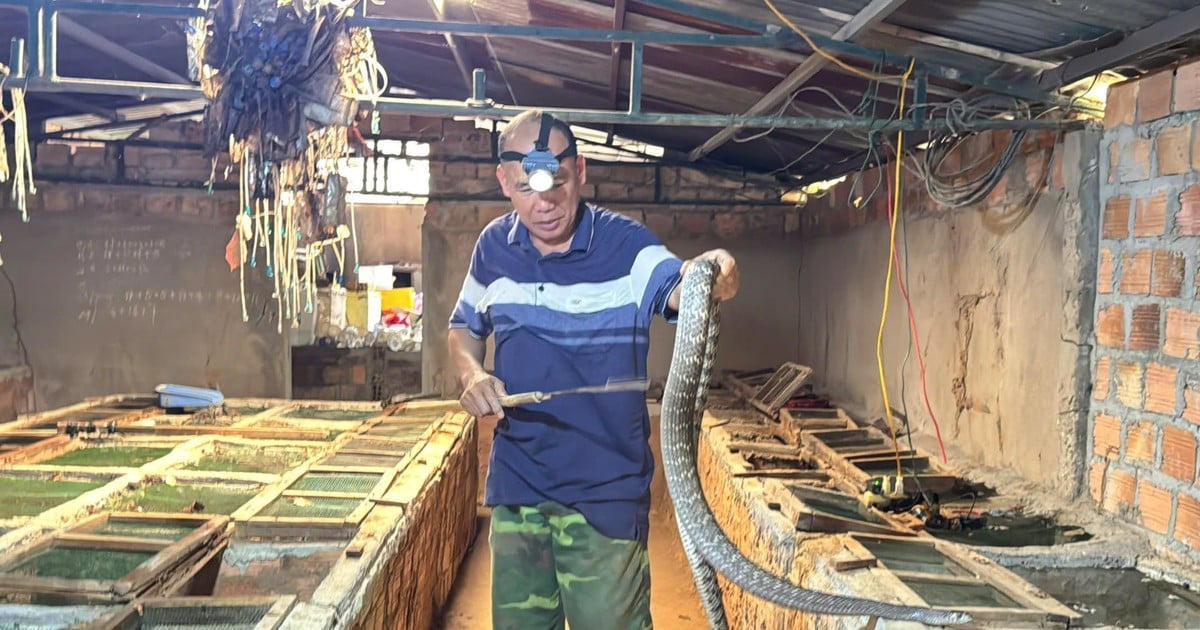












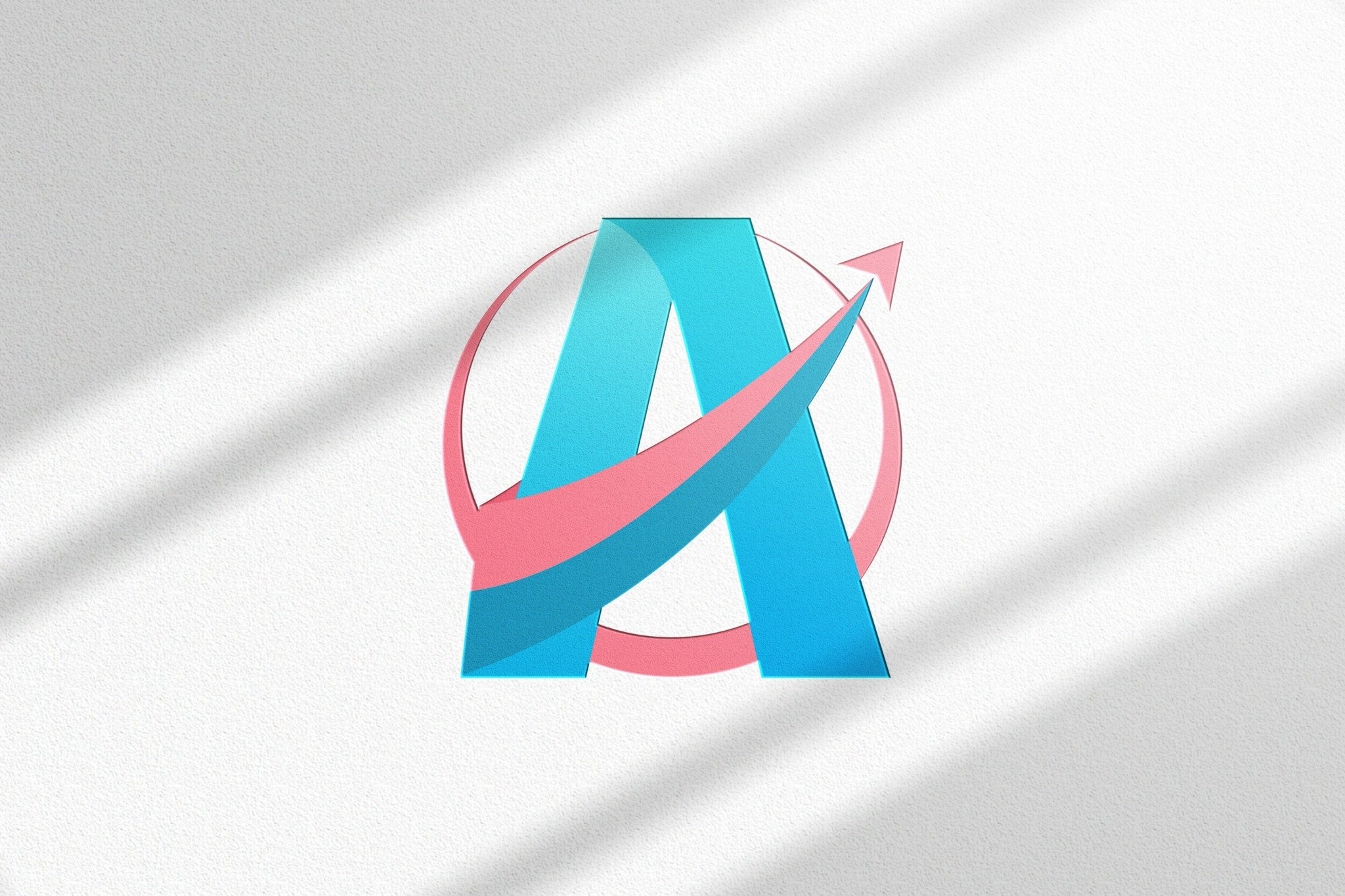




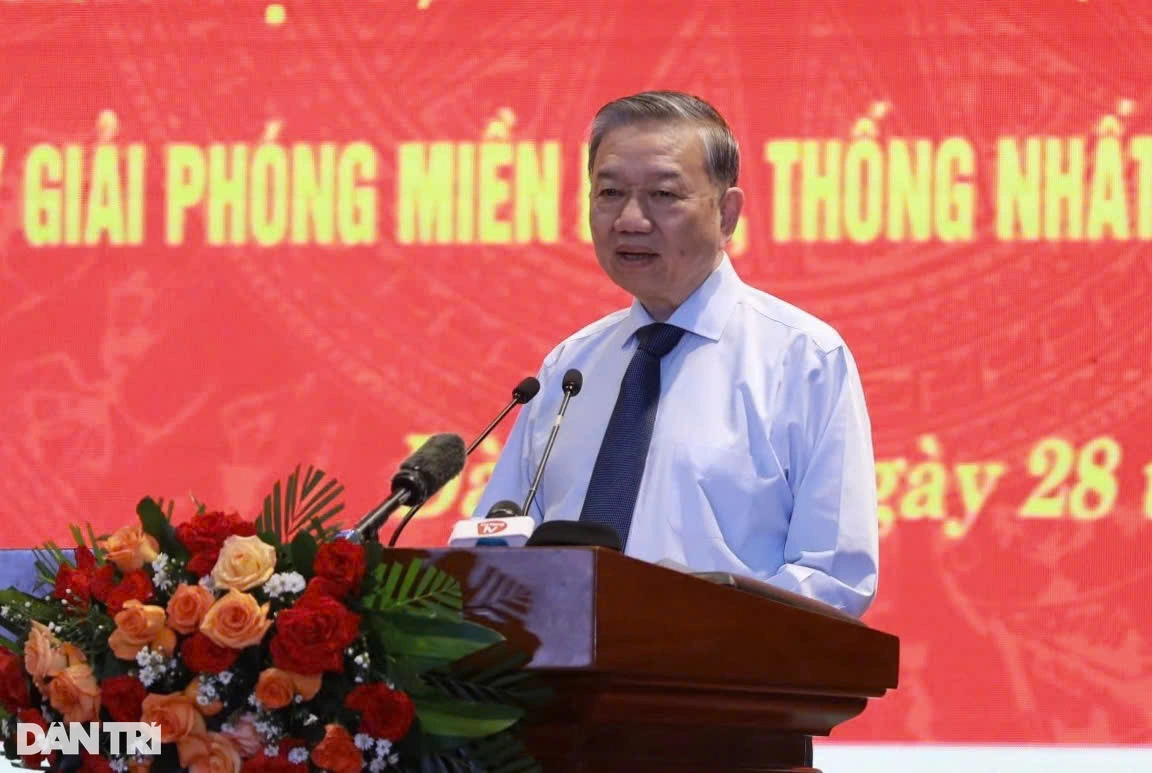
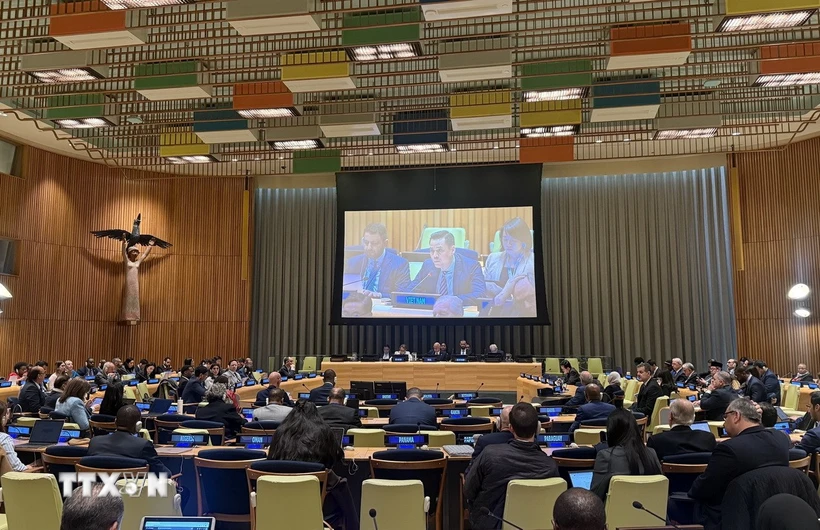
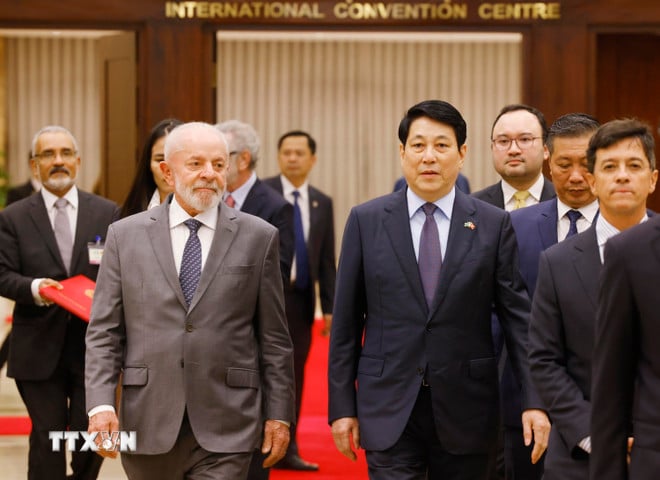
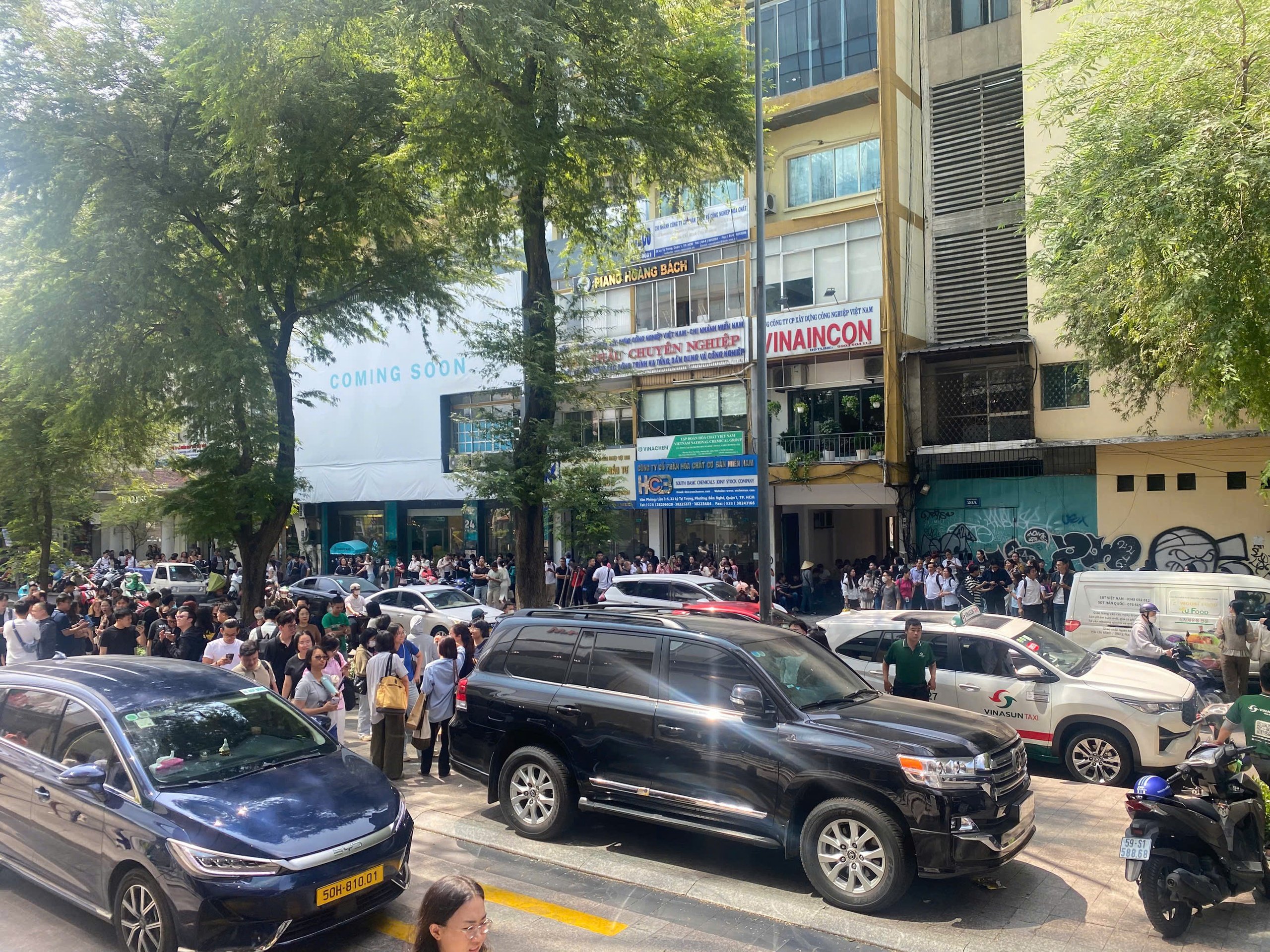
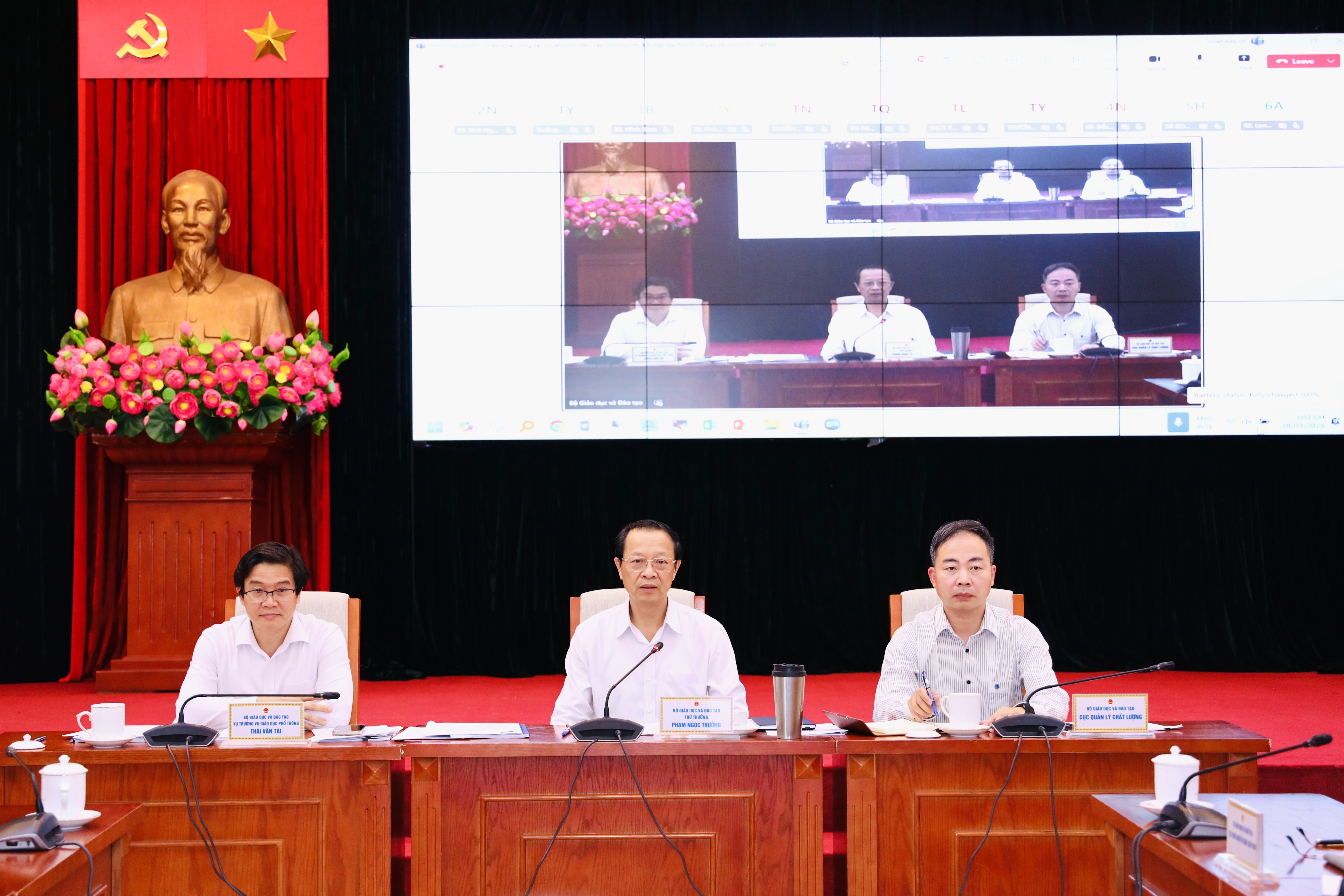



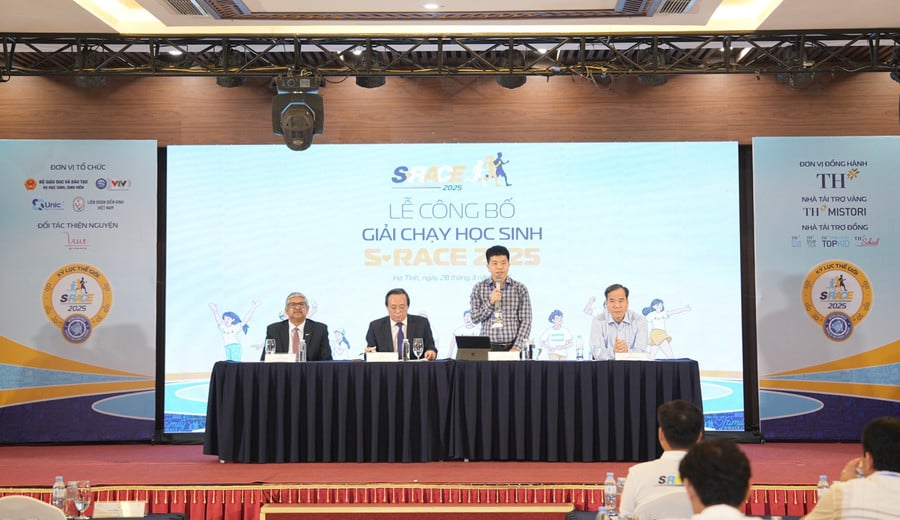
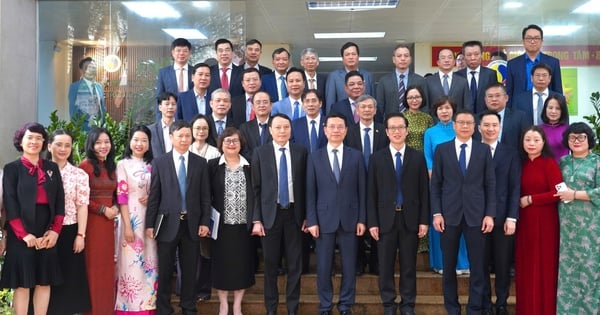





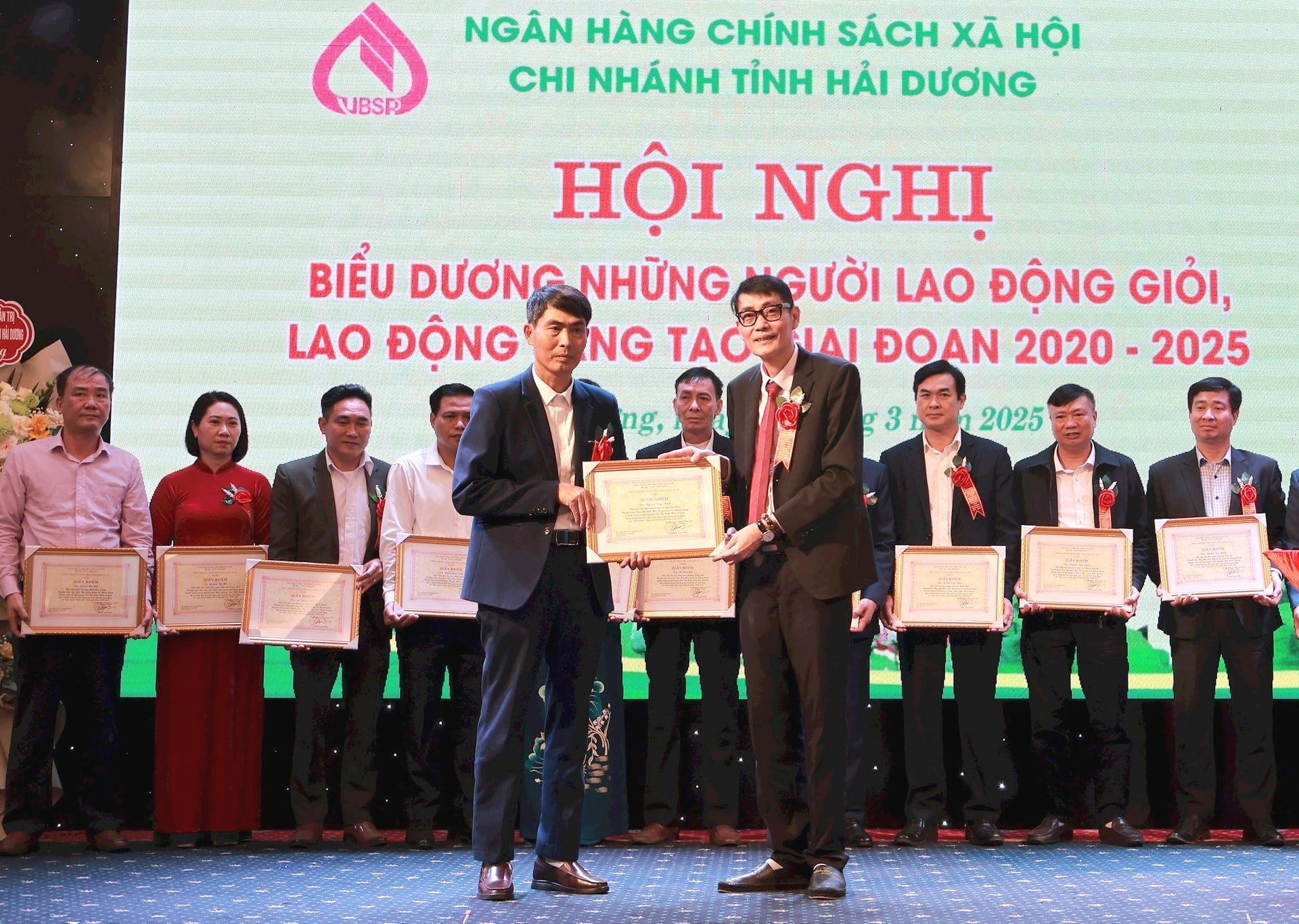








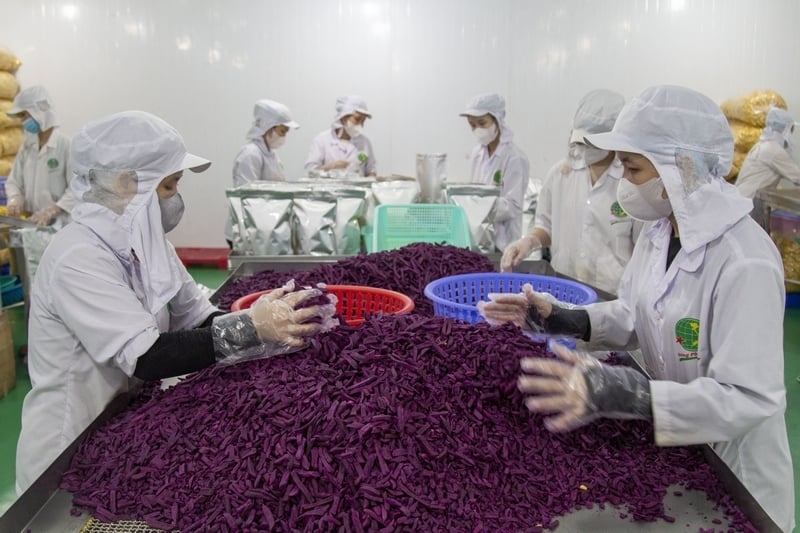
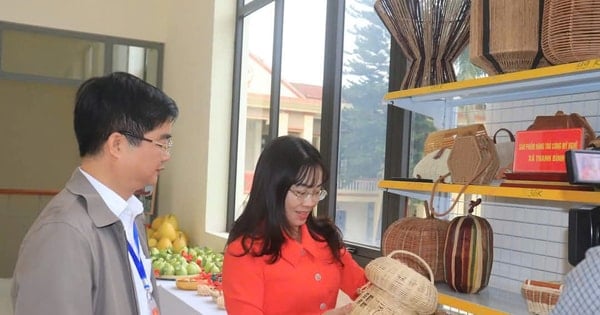



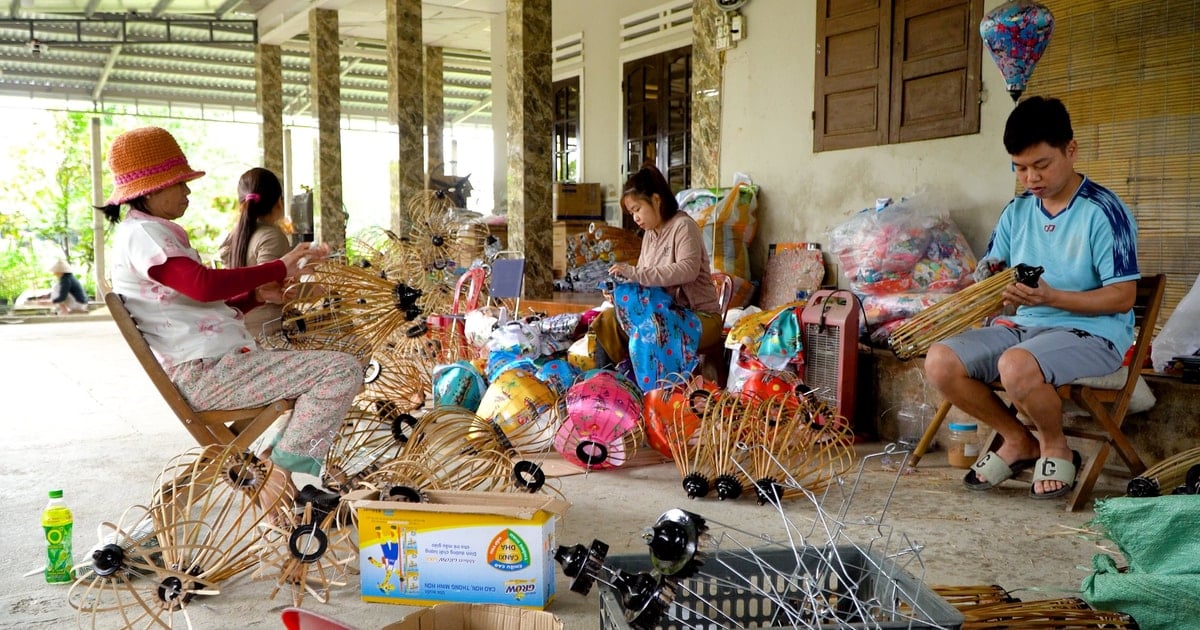


Comment (0)